UNESCO List of World Cultural and Nature Heritage
Nine national sites are included in the UNESCO List of World Cultural and Nature Heritage:
The Boyana Church is admired for the unique frescoes dating
frescoes dating
back to 1259, which are considered masterpieces of European Medieval
art of painting. It is located in Boyana Quarter, 8 km from Sofia.
Ivanovski Rock Monasteries.  A monastery complex in the rocks above Rousse
A monastery complex in the rocks above Rousse
with tens of well preserved inscriptions and wonderful wall paintings –
an exceptional monument of Bulgarian Medieval art.
It is located in the rocks above Roussenski Lom River, about 18 km from the town of Rousse.
Kazanlak Tomb. A Thracian tomb dating back to the end of the
4th- the beginning of the 3rd century BC. The frescoes in the burial
chamber and in the corridor are of extreme artistic value. It is
situated on the Tyulbeto Hill nearby the town of Kazanluk.
Madara Horseman. A bas-relief cut in Madara rocks. It is the most
impressive piece of monumental art from the 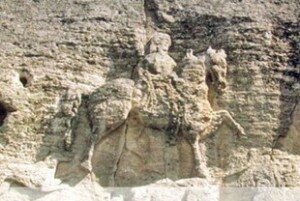 Early Medieval Epoch,
Early Medieval Epoch,
evidencing that the Bulgarians are of Indo-European origin and culture
and a highly civilised statehood people. This monument is the a one of a kind in European cultural history and is located in the village
of Madara, about 16 km from the town of Shoumen.
Pirin National Park. 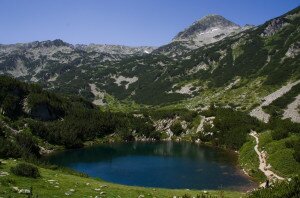 Being part of the beautiful Pirin Mountain, the National Park
Being part of the beautiful Pirin Mountain, the National Park
is noted for its specific relief and unique flora and fauna species. It
includes the Bayuvi Doupki-Dzhindzhiritsa
Biosphere Reserve, as well.
The park occupies the highest ridges of Western Pirin.
Nessebar, the Old Town. 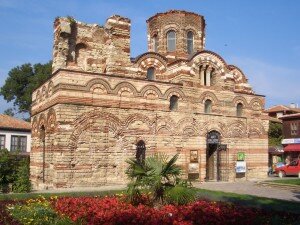 An architecture-historical and archaeological reserve with
An architecture-historical and archaeological reserve with
ancient archaeological remains of various periods, original churches
from the 5th – 17th centuries and more than hundred authentic Revival
houses.
Sreburna Reserve. A biosphere reserve including the Sreburna
Lake and the neighbouring areas. It is created to preserve rare flora
and fauna species. The reserve is situated 16 km west of the town of
Silistra.
The Rila Monastery. 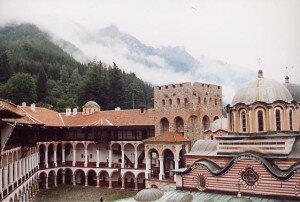 The most monumental monastery complex in
The most monumental monastery complex in
Bulgaria of extremely high architectural and artistic value. Founded in
the 10th century, rebuilt and expanded in 13th – 14th centuries, centre
of literature in the 15th century and completed in its present
magnificent outlook in the 19th century. It is situated in Northwestern
Rila, about 3 km from the town of Rila and about 120 km from the city
of Sofia.
Sveshtari Tomb.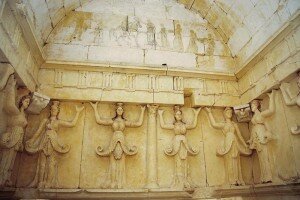 A Thracian tomb dating back to the first half
A Thracian tomb dating back to the first half
of the 3rd century BC. The central burial chamber is heavily decorated
and with imposing high relief of caryatids. It is located nearby the
village of Sveshtari, 7m south-west of the town of Isperih.
The first four sites were included in the list of world heritage in 1979, the
next four – in 1983 and the last one – in 1985. The diverse natural,
cultural and religious features of these venues make them attractive to
visitors and at the same time offer excellent opportunities for having
a walk, making observations and research, for taking photos, spending
one’s holidays, for sports and tourism. There are plenty of souvenirs
sold in specialised shops in the parks and reserves, which in the
greater part are hand-made and may be found decorating Bulgarian
houses. They attract the foreign visitors with their craftsmanship and
are taken abroad as a small piece of the spirit of Bulgaria.